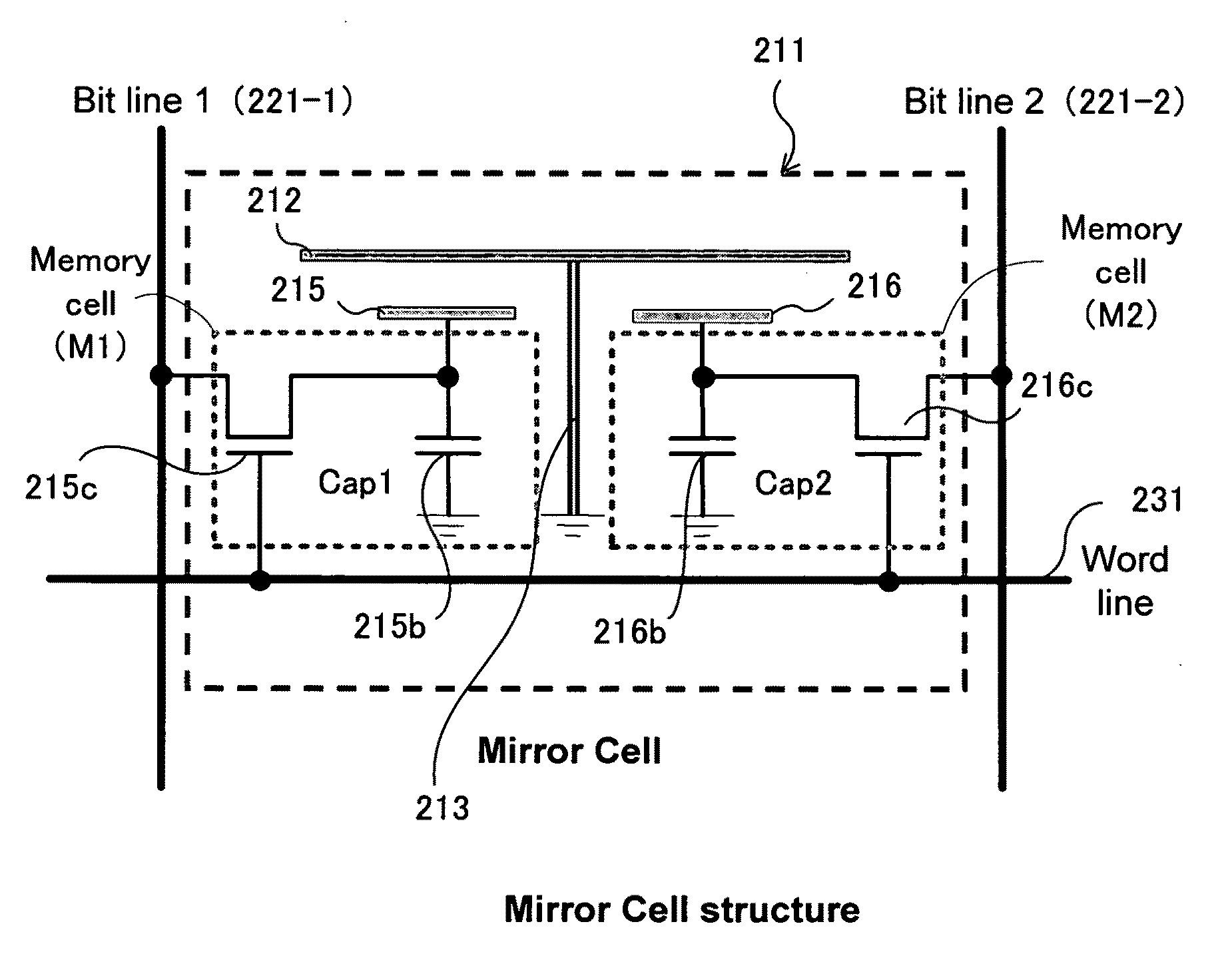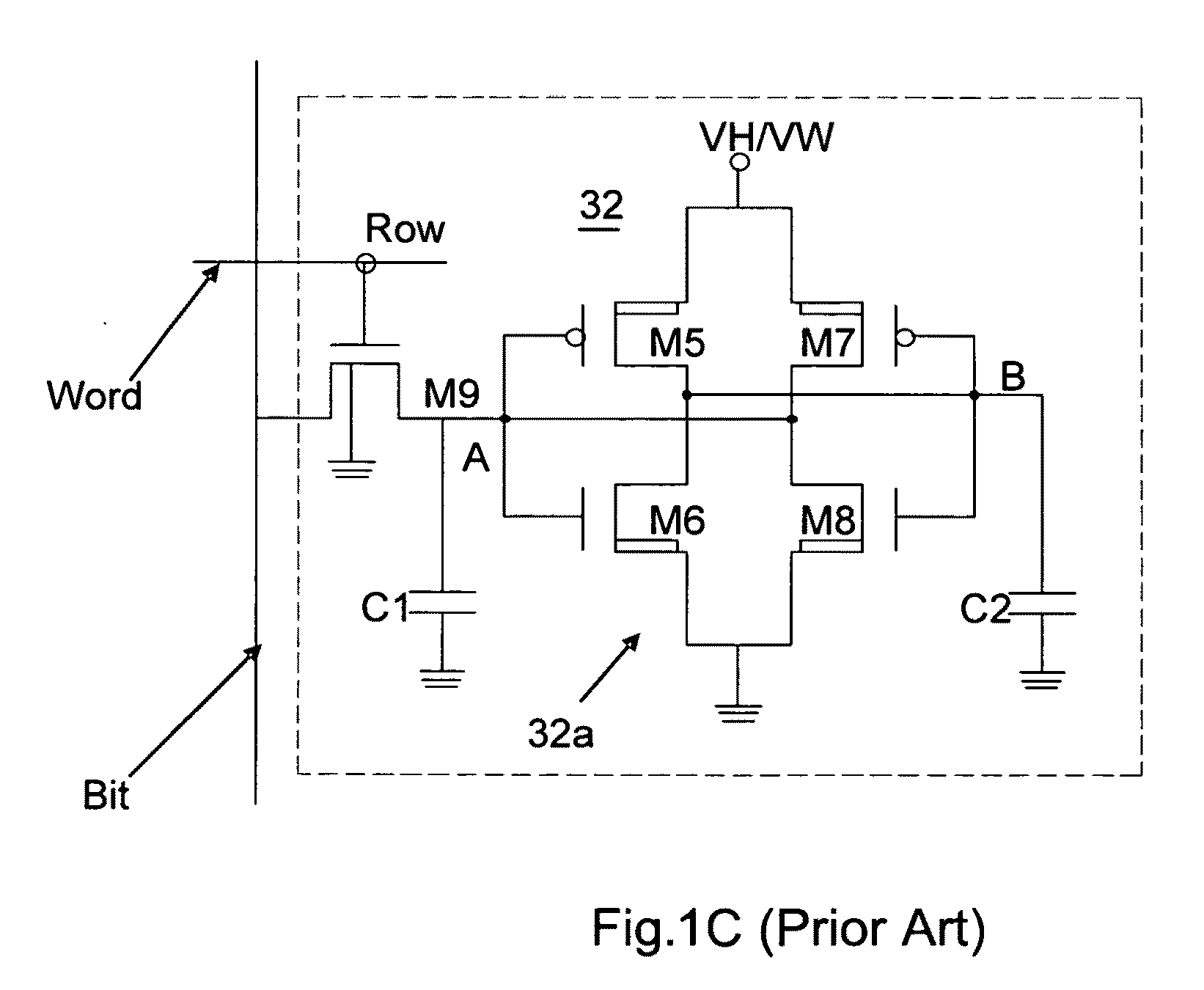Spatial light modulator and display apparatus
- Summary
- Abstract
- Description
- Claims
- Application Information
AI Technical Summary
Benefits of technology
Problems solved by technology
Method used
Image
Examples
Embodiment Construction
[0141]The following is a description, in detail, of the preferred embodiment of the present invention with reference to the accompanying drawings.
[0142]FIG. 2 is a functional block diagram showing an exemplary configuration of a display system according to a preferred embodiment of the present invention. FIG. 3 is a block diagram showing an exemplary configuration of a spatial light modulation element implemented in a display system according to a preferred embodiment of the present invention. FIG. 4 is a functional circuit diagram showing an exemplary configuration of a pixel unit 211 implemented in a spatial light modulator according to the present embodiment.
[0143]The projection apparatus 100 according to the present embodiment comprises a spatial light modulator 200, a control apparatus 300, a light source 510 and a projection optical system 520.
[0144]FIG. 5 is a top view diagram showing a diagonal perspective of a spatial light modulator in which multiple mirror elements (i.e.,...
PUM
 Login to View More
Login to View More Abstract
Description
Claims
Application Information
 Login to View More
Login to View More - Generate Ideas
- Intellectual Property
- Life Sciences
- Materials
- Tech Scout
- Unparalleled Data Quality
- Higher Quality Content
- 60% Fewer Hallucinations
Browse by: Latest US Patents, China's latest patents, Technical Efficacy Thesaurus, Application Domain, Technology Topic, Popular Technical Reports.
© 2025 PatSnap. All rights reserved.Legal|Privacy policy|Modern Slavery Act Transparency Statement|Sitemap|About US| Contact US: help@patsnap.com



